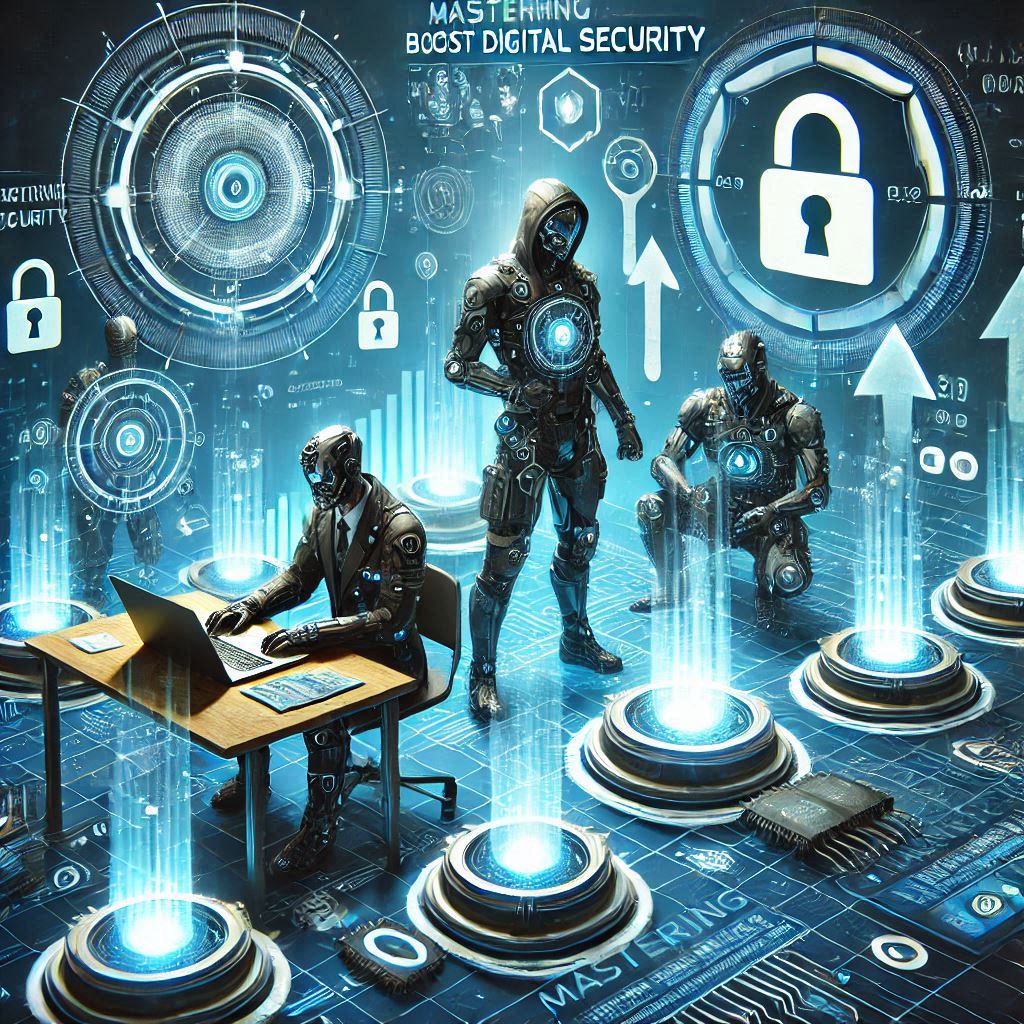Mastering q1vc4ysicds: Boost Digital Security
Introduction
“q1vc4ysicds” may look like a random string of characters. But this code is more important than it seems. In many systems today, codes like “q1vc4ysicds” are used to identify, authenticate, or verify data and users. Whether you’re in tech, gaming, or digital security, codes like these are part of the systems that help our digital world function smoothly. More!
In this guide, we will break down everything you need to know about “q1vc4ysicds.” We’ll explain what it is, how it works, how it’s used, and why it matters. You’ll learn about its role in security, technology, and many other fields. Let’s dive in!
What is “q1vc4ysicds”?
The code “q1vc4ysicds” can be a unique identifier or string in various systems. While its meaning is not immediately obvious, it likely refers to a specific element within a database, security system, or digital application.
In some cases, codes like “q1vc4ysicds” may be used in the following ways:
- Authentication Code: This could be a code used to authenticate a user or device in a network or system. When you log into a service, sometimes a code like this is generated for validation.
- Data Identifier: It might be used to identify specific data in a database or storage system. For example, if you’re looking for a file or entry, a code like “q1vc4ysicds” could be assigned to that data.
- Access Code: In certain applications, “q1vc4ysicds” might serve as a key or token that grants access to restricted features.
Even if the meaning of this specific code isn’t clear, it’s safe to say that it could play a role in digital or online systems, particularly in areas like encryption, database management, or online security.

How Does “q1vc4ysicds” Work in a Digital System?
Codes like “q1vc4ysicds” are often part of the systems that make modern technology work. Let’s take a closer look at how such a code might function in a digital environment:
- Authentication and Verification:
- When you log into an online platform, the system needs to verify your identity. One way to do this is by generating a unique authentication code.
- “q1vc4ysicds” could be an example of such a code, created to ensure that only the right user has access to an account or a service.
- Encryption and Security:
- In digital systems, encryption is used to protect sensitive data. A code like “q1vc4ysicds” might be part of an encryption key used to scramble or decrypt information.
- These codes are critical in maintaining the confidentiality of digital transactions, protecting users from cyber threats.
- Access Control:
- Digital platforms often have features that are accessible only to authorized users. The code “q1vc4ysicds” could be part of an access control system, ensuring that only individuals with the right credentials can access restricted areas.
How is “q1vc4ysicds” Used?
There are many possible uses for a code like “q1vc4ysicds.” Here are some examples of how it might be applied in various fields:
In Technology and Software Development
In software development, codes like “q1vc4ysicds” might be used for:
- API Access: Many APIs (Application Programming Interfaces) require unique identifiers to access their services. A code like this might be used to authenticate API requests.
- Database Management: Databases often use unique codes to track specific records. If you want to retrieve or update a particular piece of data, the system may use a code like “q1vc4ysicds” to identify that data.
- Version Control: Developers use codes to track different versions of software. A code like “q1vc4ysicds” might be used in a version control system to mark a specific point in the software’s history.
In Gaming
In online gaming, codes like “q1vc4ysicds” could serve several purposes:
- Player Verification: Online games often use unique identifiers to verify players and their actions. If you’re logging into an account or purchasing in-game items, a code like this could be part of the verification process.
- In-Game Assets: Games sometimes use unique codes for in-game assets like skins, items, or even characters. These codes are used to uniquely identify and grant ownership of assets in the game world.

In Digital Security
In the realm of digital security, codes like “q1vc4ysicds” could be involved in:
- Two-Factor Authentication (2FA): Many websites use two-factor authentication for added security. When you try to log in, you might receive a code like “q1vc4ysicds” to confirm your identity.
- Data Encryption: In systems that deal with sensitive information, encryption codes are used to protect data. “q1vc4ysicds” might be part of an encryption key used to ensure that data remains secure during transmission. More!
Common Issues with “q1vc4ysicds”
While codes like “q1vc4ysicds” are helpful, there are some common issues that users or developers might encounter when working with such codes. Let’s take a look at some of these challenges:
Code Errors
Sometimes, the code “q1vc4ysicds” may not work as expected. Here are some common reasons for errors:
- Typo or Mistyped Code: Even a small mistake in entering the code can cause it to fail. Make sure to check that the code is typed correctly.
- Expired Codes: Some codes, like those used for authentication, may expire after a certain period. If the code is no longer valid, you may need to request a new one.
Connection Issues
If “q1vc4ysicds” is part of an online authentication or access process, you might experience issues due to network problems:
- Slow Internet Connection: A poor or slow connection could cause the system to fail to verify the code, resulting in delays or failure.
- Server Downtime: Sometimes the server responsible for generating or verifying the code might be down, leading to errors.
Security Vulnerabilities
In some cases, attackers might try to exploit codes like “q1vc4ysicds” for malicious purposes:
- Phishing: Attackers might try to trick users into entering their code into a fake website to steal their information.
- Brute Force Attacks: Some hackers might attempt to guess the code through trial and error, especially if the code is not long or complex enough.
To protect against these vulnerabilities, it’s crucial to use strong, unique codes and implement secure authentication measures.
Why “q1vc4ysicds” is Important in Digital Systems
“q1vc4ysicds” is important because it helps secure systems and makes processes smoother and more efficient. Here’s why such codes matter:
Security and Protection
In any digital system, security is key. Codes like “q1vc4ysicds” help protect sensitive data and transactions. They ensure that only authorized users can access certain information or perform specific actions.
- Preventing Unauthorized Access: A code like “q1vc4ysicds” can prevent unauthorized users from gaining access to systems or data.
- Protecting Sensitive Information: Encryption codes like this help keep your personal and financial information safe.
Efficiency and User Experience
Codes like “q1vc4ysicds” can make digital processes faster and more reliable:
- Quick Authentication: Instead of relying on lengthy passwords, a quick code can authenticate users almost instantly, improving user experience.
- Automating Tasks: Codes can be used to automate processes, saving time and reducing human error in systems.
Versatility Across Platforms
Codes like “q1vc4ysicds” are versatile and can be used across various platforms and industries. Whether you’re developing software, working in cybersecurity, or playing online games, these codes help ensure smooth operations across the board. Contact Us!

Conclusion
In conclusion, while “q1vc4ysicds” may seem like a random string of characters, it plays an important role in modern digital systems. Whether used for authentication, data identification, or encryption, such codes help keep our digital world safe, efficient, and user-friendly.
Understanding how these codes work and how they are used is crucial for anyone involved in technology, gaming, or online security. By using codes like “q1vc4ysicds,” we can improve security, streamline processes, and ensure that systems run smoothly.





2 Comments on “Mastering q1vc4ysicds: Boost Digital Security”